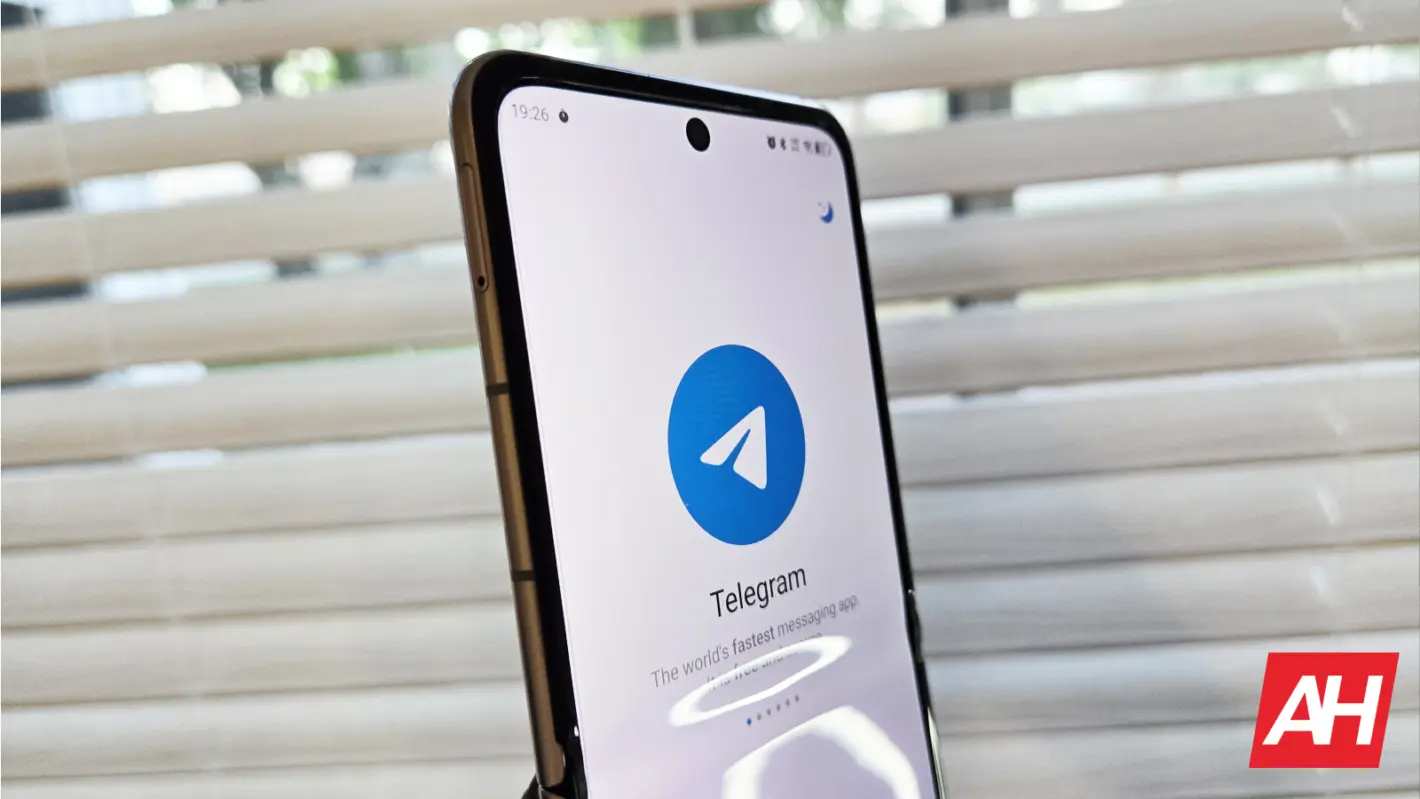You need proper communication if you want to run a business. This is where communication platforms like WhatsApp, Slack, and Google Chat come in. Well, Telegram is on that list; it’s one of the most used communication platforms in the world, and many of its users are using it for business. If you’re one of them, then you may want to consider getting a Telegram Business account.
But what is a Telegram Business account? Why should you use it? What makes it different from a Telegram Premium account? And, more importantly, how much does it cost?! Well, that’s what this piece is for. We’ll go over all of the important questions you may have about this type of account.
Also, since companies like Telegram are always adding new features, this article will be updated to reflect each new change that may come. So, without further ado, let’s dive in.
What is Telegram Business?
Telegram Business is an account that provides tools that better augment your business. It has several tools that business owners can use that make their more accessible to potential customers.
How much does a business account cost?
This is something that could change as time goes on. As of the writing of this article (April 2024), there isn’t a set price for a Telegram business account. However, you can access all of the business account features if you have a Telegram Premium account.
A Telegram Premium account costs $4.99/month, and it comes with its own set of features. We will keep you updated if the company launches any changes to its pricing.
Is the price the same across the web and the app?
You’ll need a Premium account, and the price for a premium account is the same $4.99/month across the app and the web.
What features do you get with a business account?
Here comes the fun stuff. The features you get with a Telegram Business account range from business-centric to fun.
Start page
When a person starts a chat conversation with you, they will get a start screen. You can customize the start screen to show relevant information about your business. This is so that people know what your business is about before starting a conversation. You can use text and stickers to customize your start page.
You can include information like what your company does, its founders, who your company represents, ETC.
Hours of business
If you’re operating a local location, then you’ll want to let people know what hours you’re open. This feature will let you post the hours that your location is open or accepting business. It’s similar to what you’d get on Google Maps.
On your business profile page, users will be able to access the hours by tapping on a karat on the side of the screen.
Location
You want to make sure that you’re able to bring customers to your location. Well, with this feature, you’ll be able to input your business’ location, When you do that, your location will be viewable on a map screen (most likely Google Maps).
Customers will be able to navigate to your location with directions given by the app. They will also get information like how long it will take to get to your business from your location.
Quick replies
If you’re in a hurry, and you need to quickly reply to a client, then Quick replies could come in handy. This is pretty self-explanatory; Quick replies allow you to quickly send a pre-typed message to another in a group chat.
Say, someone messages you asking what the special dish at your restaurant is. You just need to type “/” into the chat and you’ll see a panel of pre-typed messages appear. You can choose the one you want and it will be pasted into the chat.
What’s neat about this feature is that you can give the messages a name. So, if you are messaging talking about the special dish, you can just name it “Special”.

Quick replies don’t only contain text. They can contain images, stickers, and even PDF files. This is great, as it gives you a wide range of files that you can send to customers. For example, if a person messages you asking what you have on your menu, you can send a message with a PDF showing your menu.
Greeting messages
A greeting message is a great way to get your conversation with a person started off on the right foot. If a person messages you for the first time, Telegram will automatically send this greeting message to them. The message could contain anything from simple “Hello!” to relevant information about your business. A great thing you could do is send a message with frequently asked questions.
This feature ensures that potential customers get an instant reply when contacting you for the first time. Giving a speedy reply is important for running a business.
Away messages
This one is a simple one. If you’re away from your business or on vacation, people who message you will get an automatic message letting them know that you’re away. This way, you’re able to keep some sort of contact when you’re not around.
Chat tags
When you have a bunch of chats in your feed, it can be hard to differentiate between them. You’ll want to tell the difference between friends/family and customers. Also, customers contact you for different reasons.
This is where chat tags come in handy. This allows you to add color-coded labels to your chats. When you add a label to a chat, it will be moved to a folder of the same name. So, when you are viewing the All Chats feed, you’ll see the labels next to the chats.

You can add multiple labels to chats, and they will all show up in the designated folder when you tap on it. The chat folders will be displayed as tabs on a panel at the top of the screen.
Links to chats
If you want to direct users to a specific chat, you can create a link to it. Regardless of whether the user is in Telegram or not, they will be taken to that chat. Also, you’ll be able to see how many people clicked on the links that you share.
Chatbots for business
It should come as no surprise that there’s some new generative AI feature being unveiled. Telegram Business will let you add different chatbots to your workflow. These chatbots will be able to answer questions just like any other chatbot.
You can also add specialized chatbots to complete different types of tasks.

